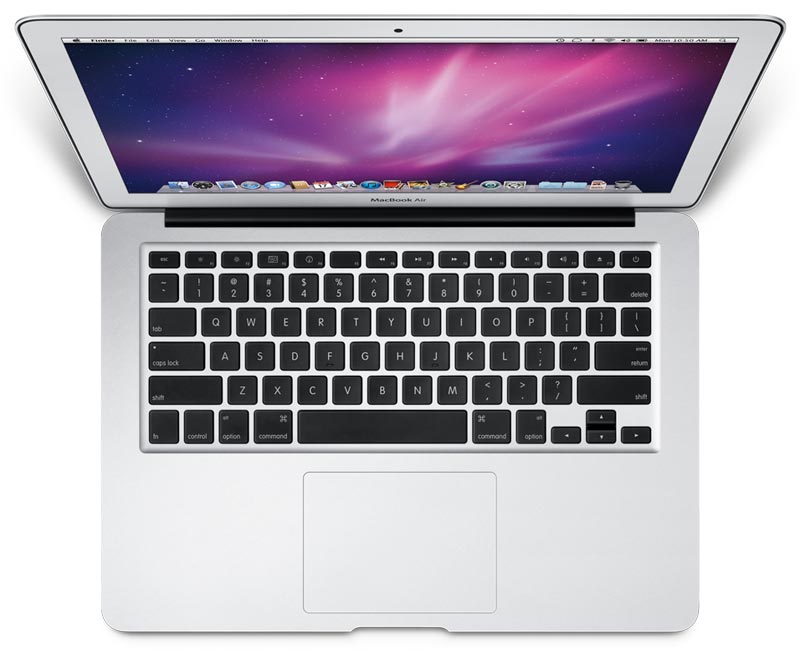Here is a few reasons why 2015 is the Year of the MacBook
Apple has been hard at work, in the last couple of years. Between 2014 and now, the tech giant has had a substantial number of product refreshes, as well as brand new product lines, to a point where business analysts and pundits alike, have had trouble predicting announcement cycles that used to be far less erratic than they have been, even only in the past 12 months.

By looking at 2015 alone, this year has been one of the most prolific yet, with Apple introducing a number of brand new technologies into its products, like the Force Touch TrackPad, the USB Type-C connector, and 5K resolution in Retina displays.
Apple kicked off the first quarter of this year with a big update of the MacBook Air, refreshing all four iterations of the laptop with the addition of Force Touch, and a big update of the integrated graphic chip to the Intel HD Graphics 6000. The entry level 11 inch and 13 inch MacBook Air feature 128GB of flash storage, as well as the pricier versions of the 11 inch and 13 inch with 256GB flash storage.
The update has been a boon for users looking to upgrade from earlier versions, some of which dating back to 2011.
In the wake of the MacBook Air refresh, and the aftermath of the 12 inch MacBook Retina bombshell, Apple had more coming, in the way of another big wave of updates for the MacBook Pro, in both 13 inch and 15 inch iterations, for a total of four more 2015 devices released, including the entry level versions of the MacBook Pro, with 128GB SSD storage, and the more expensive versions with 256GB of built-in SSD.
For those thinking that Apple would be calling it a year, two more advanced versions of the 15 inch MacBook Pro have been released, by the middle of 2015. An introductory version of the new MacBook, features a 2.2GHz Intel i7 processor, 256 GB SSD, and Intel Iris Pro integrated GPU.
The advanced version packs a bigger punch, with a 2.5GHz i7 CPU, 512 GB SSD, and two GPUs: the Intel Iris Pro and the primary graphic chipset, and a 2GB AMD Radeon R9 M370X as the secondary GPU.
How many MacBooks can you count?
Including the 12 inch MacBook Retina, 2015 is the year when Apple went as far as releasing 11 MacBooks, making 2015 one of the most active years for Apple, as far as new releases for consumers.